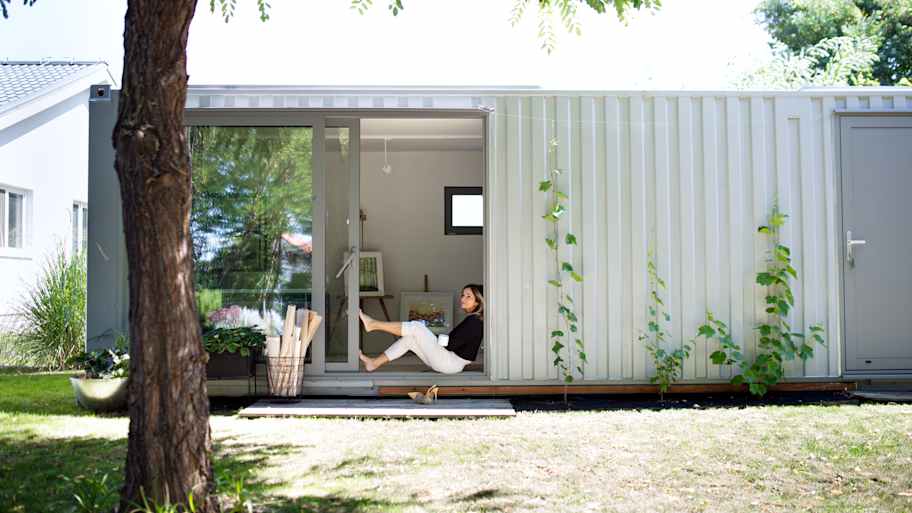
The cost to convert a vaulted ceiling to a second floor depends on factors such as its size, intended function, materials, and the project's complexity.
And the winner is…


When you decided to lay down roots in a home near a golf course, you had big dreams in mind: Beautiful landscapes that stretched on for acres and peaceful nights you couldn’t enjoy in the city. But one thing you possibly didn’t consider was after you leave the golf course, sometimes it might follow you home.
When living in a golf course home, it’s possible for golf balls to land near your fence, land in your yard, or—worse—hit your house. And while golf course living is an incredible experience, having a home that stays intact is much more rewarding. The best way to protect your home from wayward golf balls is to invest in impact-resistant siding. Here are the best options.

The best siding option for golf course homes is engineered wood. Engineered wood is made of wood fibers with a resin binder, and it’s essentially a wood look-alike siding without the maintenance requirements of natural wood. What makes it a winner for golf course homes is that it’s durable, has high impact resistance, and its design allows the ball to bounce off its surface, essentially helping to prevent cracks.
NASA conducted a study that demonstrated what would happen when a golf ball struck fiber cement and engineered wood siding. The fiber cement developed a hole during the experiment when hit with a golf ball at 49.4 mph. However, the brand of engineered wood tested didn’t sustain any damages when the golf ball struck it while traveling 63.8 mph.
Some of engineered wood’s additional benefits include:
Easy installation
Budget-friendly
Lifespan of up to 50 years
Based on the test conducted by NASA, the clear winner is engineered wood. But there are two other popular options that homeowners use for their golf course homes. Let’s look at what they are and why they’re not the best choice below.

Fiber cement is a combo of clay, cement, sand, and wood pulp. Homeowners love the versatile nature that allows it to be shaped into various siding materials like wood and brick. And while it is durable, fiber cement can’t stand up to golf balls coming towards it at speeds of at least 49 miles per hour, according to the study.
On the other hand, fiber cement is a durable material. So, even if it doesn’t noticeably crack under pressure, the minor dents on its surface can lead to cracks that can cause more problems.
Vinyl siding has always been a popular choice among homeowners because of its affordability and versatility. It’s made from PVC resin and is relatively easy to install. And what makes it a consideration for homeowners near golf courses is that some vinyl sidings are made with foam, such as Progressive Foam which increases its insulation and impact resistance. While it can potentially hold its own against a golf ball, a ball hitting it at high speed will leave a dent and could damage the foam behind it.

Installing engineered wood siding is best to protect your home from golf balls. The cost to install this siding material is $5,300 to $13,000. Contact a local home siding installer for an actual estimate.
From average costs to expert advice, get all the answers you need to get your job done.

The cost to convert a vaulted ceiling to a second floor depends on factors such as its size, intended function, materials, and the project's complexity.

Modular homes are more affordable than stick-built homes, but by how much? Learn about modular home costs to see if they fall within your budget.

The cost to build a brick house is high, but the aesthetic and durability can be well worth the investment if you’re looking for something unique.

Container homes are trending as an eco-friendly, affordable path to homeownership. Here are the pros and cons of container homes before you commit.

Whether you hire a pro or do it yourself, building a house has many challenges. Here are the biggest mistakes to avoid when building a new house.

Ready to start remodeling your home but not sure what terms your pro should include in your home renovation contract? Find out here.